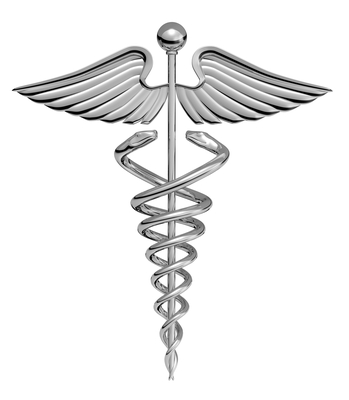The subject of abortion has always been and continues to be a hot topic of conversation and controversy; so much so that you may or may not have heard of the Hyde Amendment. If you’re looking for all the information you need to better understand this controversial amendment, this article is perfect for you. We will discuss this amendment in depth and its effect on the country as a whole.
What is the Hyde Amendment?
According to the ACLU, this amendment was passed by Congress in 1976. It “excludes abortion from the comprehensive health care services provided to low-income people by the federal government through Medicaid.” When the amendment was initially passed, there were no exceptions made for the ban of federal funding for abortion services. In 1981, changes were made to allow for an exception in which the life of the mother was threatened.
Related resource: Top 10 Best Online Master of Health Administration Degree Programs (MHA)
There have been some exceptions and changes made throughout the years, but since a change made in 1994 the amendment ensures funding through the Medicaid program for abortions in the case of rape or incest. Other exceptions can be made for women whose life is endangered by a pregnancy because of injury, illness, or other physical disorders.
This ban on federal funding for abortions expanded in the 1980s to include other groups of people other than low-income women on Medicaid. Other restricted groups that were affected (nearly 20 million of them) included federal employees, Native Americans, federal prisoners, military personnel and their dependents, Peace Corp volunteers, and disabled women relying on Medicare.
While this amendment must be followed by states, it simply means that each state may not use federal funding to provide abortion services. States can choose for themselves if they choose to provide state public funding for these services. More information on these instances is provided below.
What does this Amendment Mean State-By-State?
Many states follow the government’s lead by not providing public funding (through the state) for abortions. There are currently only seventeen states which help fund abortions for low-income women the same way they provide funding for other general health services and pregnancy-related services.
These states are AK, AZ, CA, CT, HI, IL, MA, MD, MN, MT, NJ, NM, NY, OR, VT, WA, and WV. Hawaii, Maryland, New York, and Washington voluntarily provide funding, without consulting their state constitutions. The other thirteen states have interpreted their state constitutions to protect reproductive choice and follow guidelines that allow for nondiscriminatory public funding of abortion, meaning it makes no difference to them why a person is choosing abortion; they will fund it regardless.
Thirty-two other states will provide public funding for abortions in the case of rape, incest or health-related issues, just as the federal amendment suggests. Only one state (SD) provides public funding only in the case of lifesaving abortions. South Dakota’s program goes a step further than the 1976 amendment which allows for exceptions in 3 cases.
Amendments, laws, and policies can be difficult to understand and navigate. Federal laws can vary in their enactment from state-to-state, so it’s important to understand the ins and outs of such an amendment; especially an amendment whose topic is so controversial throughout the country. The Hyde Amendment may be a federal amendment, but is carried out differently in each and every state.
